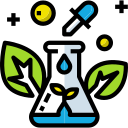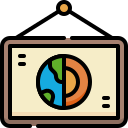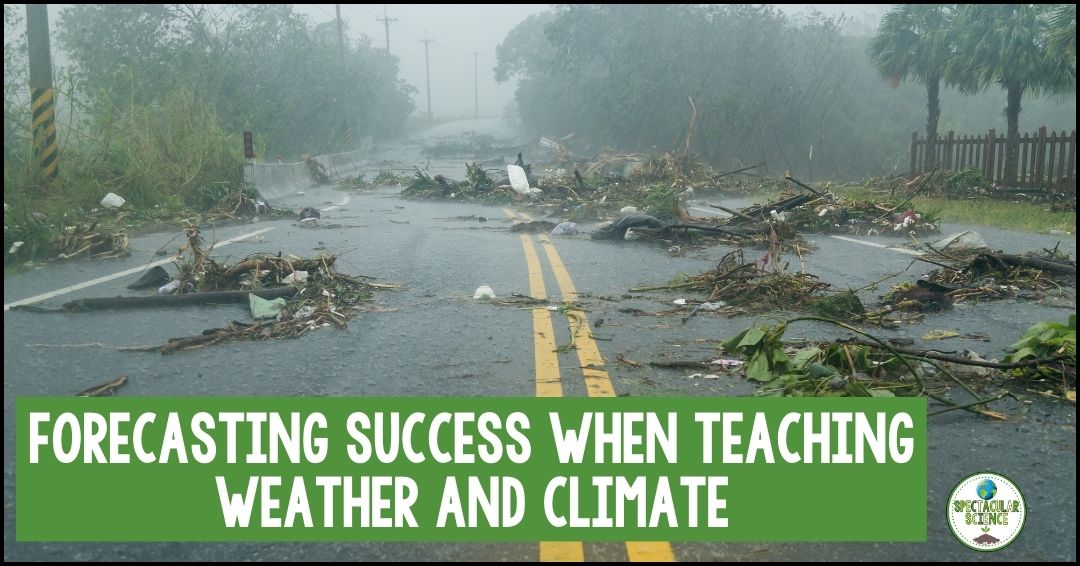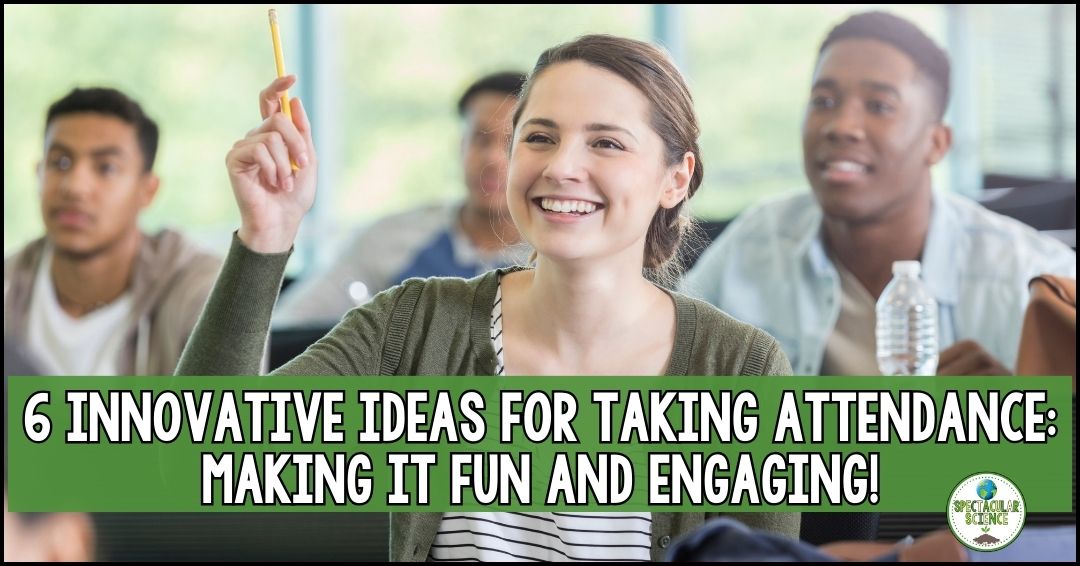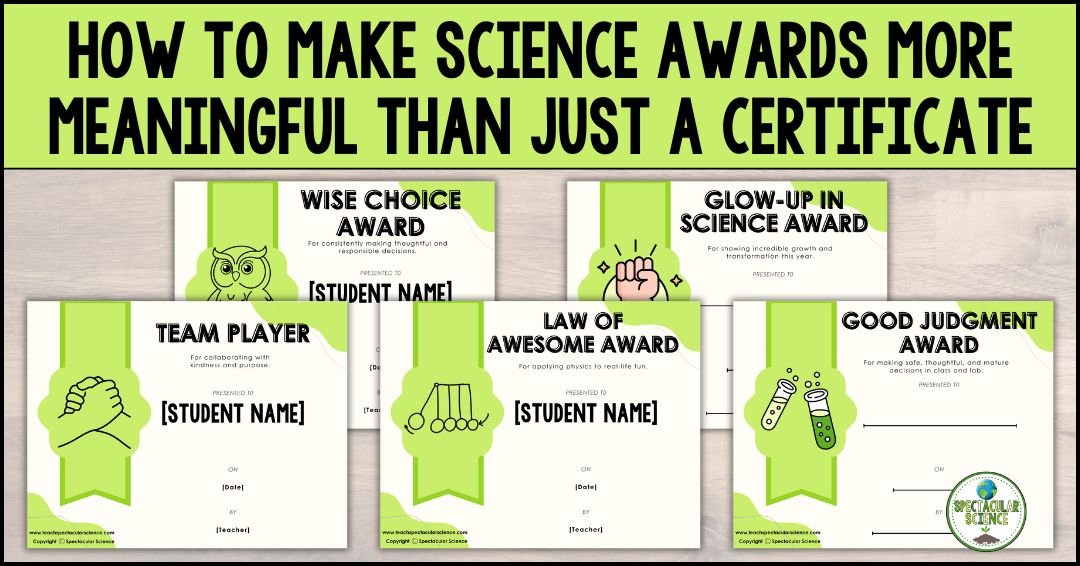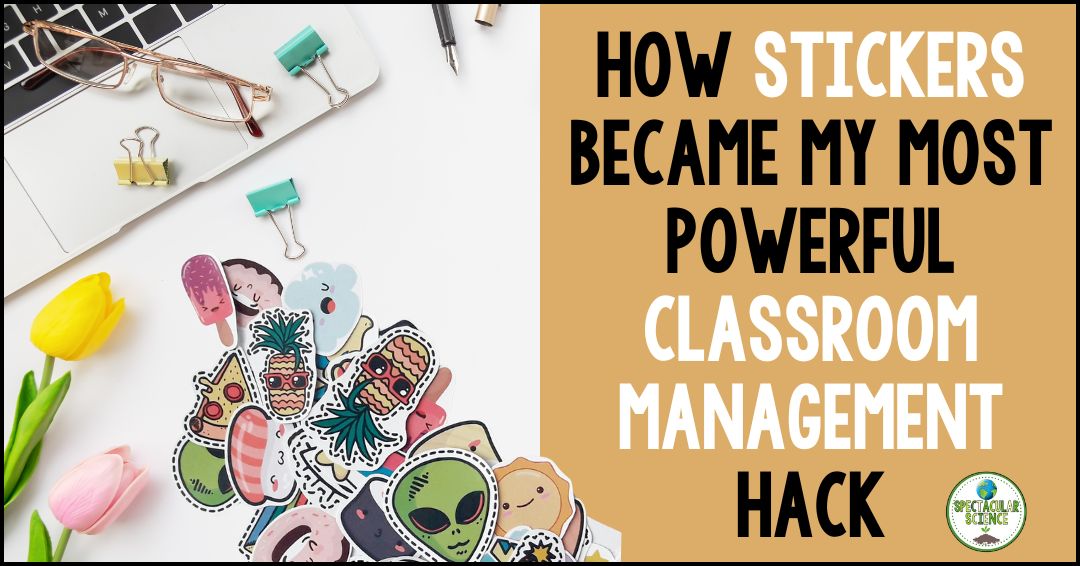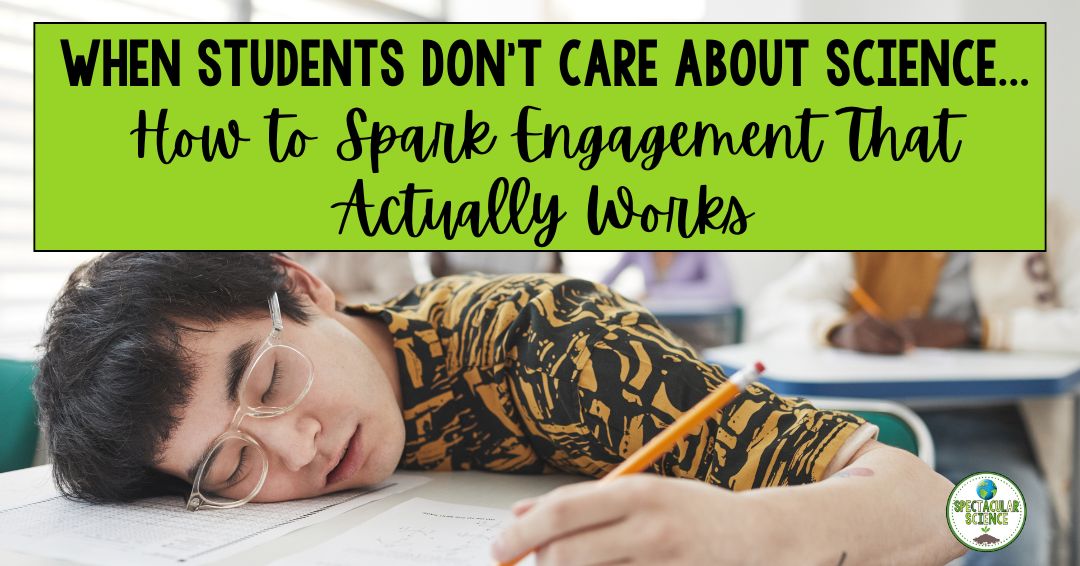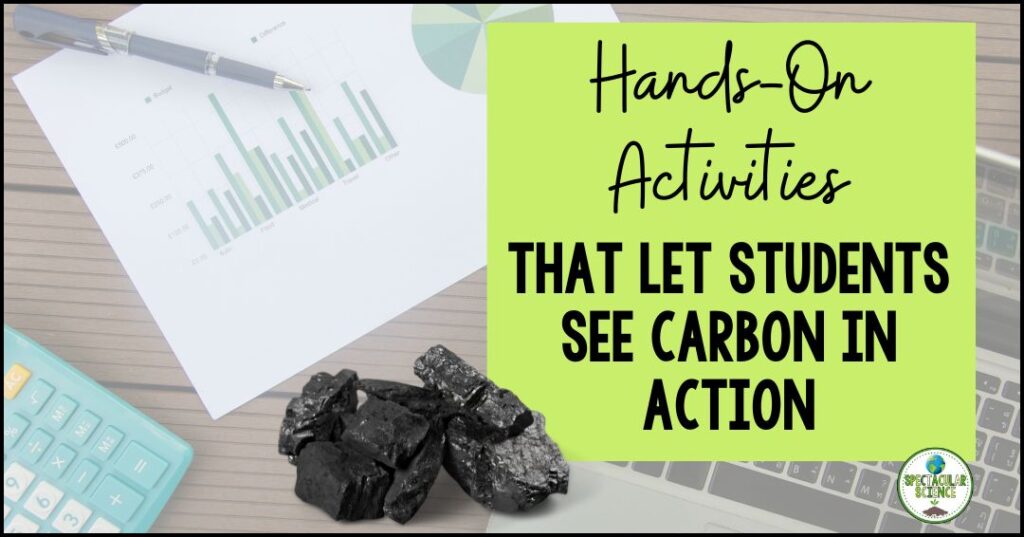
I’ll never forget the time I tried to explain the carbon cycle with nothing but arrows on the whiteboard. A few students nodded politely… but most were checked out. One was doodling, another staring at the ceiling, and one whispered, “This is too complicated.”
Honestly? They weren’t wrong. Carbon is invisible. You can’t see molecules moving between the atmosphere, oceans, forests, and rocks. It felt abstract—even to me.
That’s when I realized: if I wanted students to get it, they had to experience it. And when I swapped the arrows on the board for hands-on, visual activities, the shift was immediate. Students leaned in. They debated. They saw connections. Carbon wasn’t invisible anymore—it was real.
Why Hands-On Activities Matter
Climate change and carbon cycling are some of the most urgent topics we teach. But they can also feel heavy and abstract. Students need more than vocabulary—they need to see the patterns, test the data, and imagine the impacts.
These activities do exactly that: they make the invisible visible. Students graph real CO₂ data, model the carbon cycle, debate conservation ethics, and even pitch their own clean energy solutions. And best of all? They’re low-prep, high-impact, and ready to go.
For more background, the NASA Climate Kids site is a fantastic student-friendly introduction to carbon and climate change.
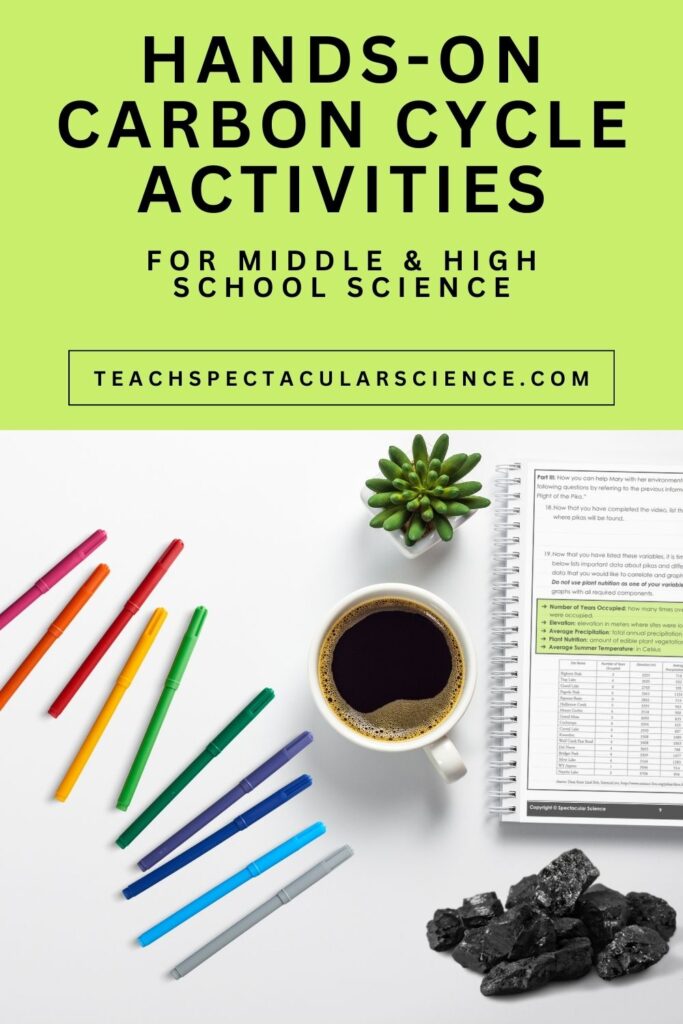
My Favorite Carbon Activities
1. Uncovering the Impact of CO₂ Emissions
Students analyze real climate data from the Industrial Revolution to today. They graph carbon dioxide levels, identify trends, and connect them to global temperature rise.
When I first tried this, one student raised their hand mid-graphing and said, “Wait—this line keeps going up. Are we really still burning that much?” That moment of realization? Worth everything.
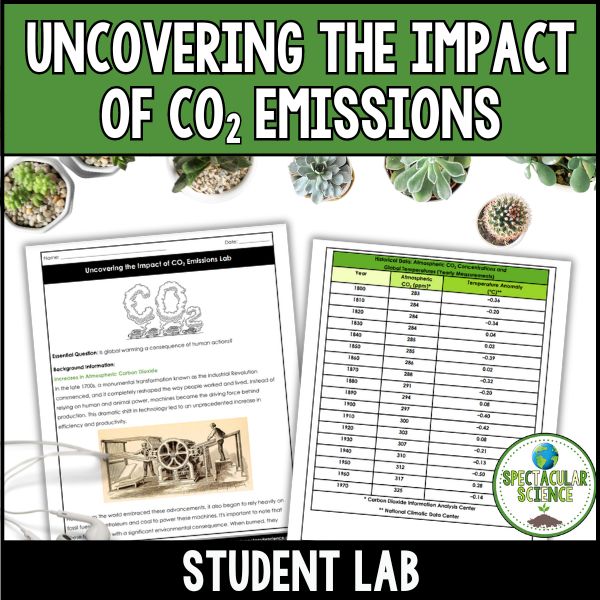
Quick Guide for Teachers
- Time: 40 minutes
- Materials: Graph paper or digital graphing tools, historical CO₂ data sets (NOAA or NASA)
- Prep: Minimal (print data sets or share link)
- NGSS: MS-ESS3-5, HS-ESS3-6
- Differentiation:
- For support: Provide a partially completed graph for students to finish.
- For extension: Have advanced students calculate the correlation between CO₂ and global temperatures.
👉 Click here to add this activity to your curriculum.
2. Carbon Cycle Modeling
Students create a labeled carbon cycle model showing reservoirs (atmosphere, biosphere, hydrosphere, geosphere) and arrows for carbon movement. They add in human impacts like fossil fuel burning and deforestation.
Teacher Tip: Grab a set of colored markers or sticky notes to help students differentiate natural vs. human impacts.
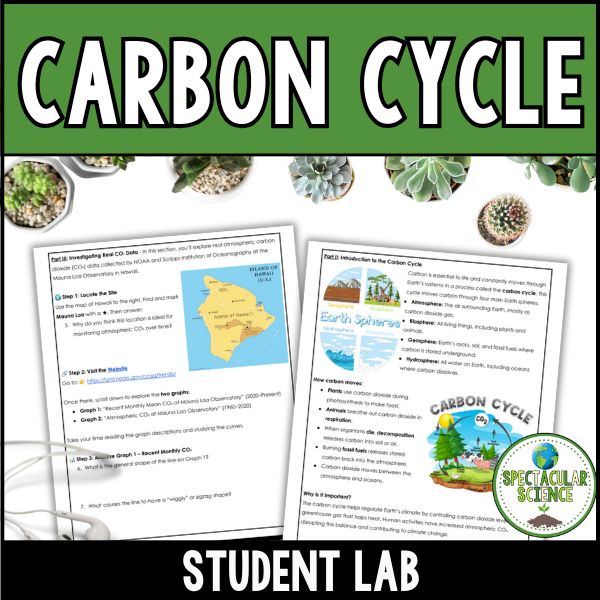
Quick Guide for Teachers
- Time: 80 minutes
- Materials: Chart paper or notebooks, markers/sticky notes
- Prep: Low (print or display a blank cycle diagram)
- NGSS: MS-LS2-3, HS-LS2-5
- Differentiation:
- For support: Provide pre-labeled arrows with missing pieces to fill in.
- For extension: Challenge students to model carbon sequestration technologies and add them to the cycle.
👉 Click here to add this activity to your curriculum.
3. The Pika’s Struggle Against Climate Change
Students learn about the American pika as an indicator species. They graph climate data, explore habitat changes, and debate conservation choices.
During the final discussion, a student asked, “So if pikas are disappearing, what does that mean for us?” That kind of empathy and critical thinking is the goal.
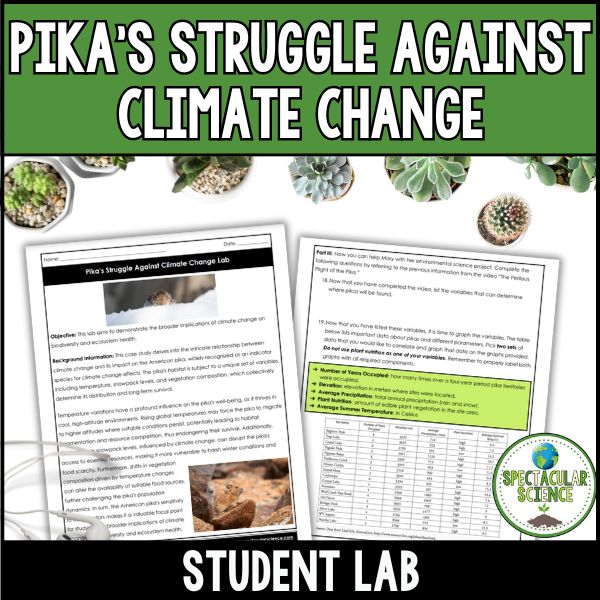
Quick Guide for Teachers
- Time: 90 minutes
- Materials: Pika data sets, maps, and case study sheets
- Prep: Minimal (print graphs/maps, set up case study)
- NGSS: MS-ESS3-3, HS-ESS3-1
- Differentiation:
- For support: Offer a scaffolded debate outline or sentence starters.
- For extension: Ask advanced students to compare pikas to another climate-sensitive species.
👉 Click here to add this activity to your curriculum.
4. Free Earth Day Global Warming Research Assignment
Perfect for Earth Day (or any time you need a quick, meaningful activity). Students research global warming causes, human impacts, and solutions, then create their own action plans.
Teacher Tip: Have students post their action plans around the room or hallways. Instant awareness campaign!

Quick Guide for Teachers
- Time: 40 minutes
- Materials: Internet access, research template
- Prep: Minimal
- NGSS: MS-ESS3-4, HS-ESS3-4
- Differentiation:
- For support: Provide a list of pre-selected research sources.
- For extension: Students design a school-wide campaign or present at a community event.
👉 Click here to grab this FREE activity.
Want even more ways to bring Earth Day into your classroom? Check out my post 10 Impactful Earth Day Activities Your Students Will Love for projects like ecological footprint dinners, invasive species investigations, and creative upcycling challenges that pair perfectly with this research assignment.

Why I Love These Activities
These aren’t just worksheets—they’re experiences. They make carbon and climate real.
By the end of these lessons, my students weren’t just memorizing arrows in a cycle. They were asking questions like:
- “What can we do differently?”
- “Why aren’t we already switching to renewables?”
- “How will this affect animals and people we care about?”
That’s the kind of learning that sticks. The kind that changes the way students see science—and their role in the world.
Bringing It All Together
Teaching the carbon cycle and climate change doesn’t have to feel abstract or overwhelming. With the right hands-on activities, students can see carbon in action, connect science to their everyday lives, and understand why it matters for their future. When students graph real data, model carbon flows, or debate renewable energy, they aren’t just learning content—they’re building critical thinking, empathy, and a sense of agency.
If you’re also tackling the greenhouse effect, check out my post Teaching the Greenhouse Effect to Middle and High School Students for strategies, analogies, and experiments that pair perfectly with these carbon cycle activities.
Whether you start with a quick Earth Day research activity or dive into a full multi-day lab, these lessons create the kind of lightbulb moments that remind us why we teach science in the first place.
My challenge for you: choose one activity to try this week and watch how your classroom energy shifts. Science comes alive when students can see, touch, and feel its impact on the world around them.

